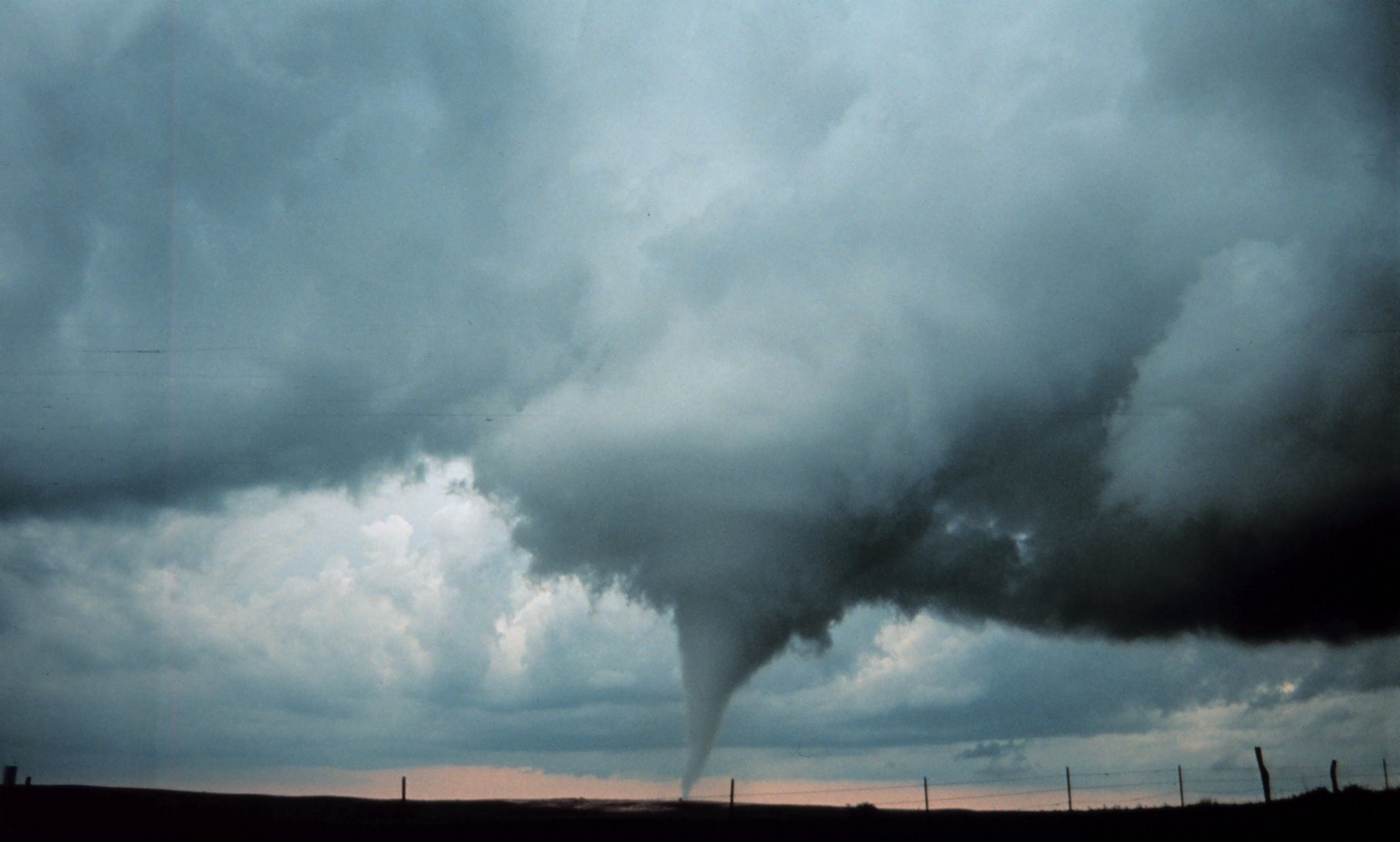As opposed to mainstream thinking, the most secure spot to go when a twister hits isn't under a roadway bridge. This area has little to shield you from garbage being tossed around by the twister. Also, bridges can implode. A large portion of the harm that a twister causes is because of its high breezes thumping down designs and throwing flotsam and jetsam like projectiles. At the point when rocks, metal signs, rooftop shingles, or divider studs get gotten and tossed at high speed by the breeze, they act like cannonballs.
The principle harm from a twister isn't because of a gaseous tension distinction that makes fixed houses detonate. Consequently, opening windows before a twister to calm gaseous tension won't reduce the harm. Considering these ideas, the most secure spot to go in a twister strike isn't outside, in your vehicle, or under a thruway.
Cyclones have been known to get vehicles, trucks, and even transports. The most secure spot to look for cover from a cyclone is somewhere inside a solid structure where you will be shielded from flying trash and falling external dividers. The Federal Emergency Management Agency (FEMA) suggests the accompanying strategy in a cyclone notice: If you are in a trailer or outside, get to a strong structure quickly. Once in the structure, "Go to a pre-assigned sanctuary region like a protected room, cellar, tornado shelter, or the most minimal structure level...go to a little inside room or lobby on the least floor conceivable." Furthermore, FEMA prescribes that on the off chance that you can't get to a structure on schedule, search out a low spot. "On the off chance that you can securely get observably lower than the level of the street, leave your vehicle and lie around there, covering your head with your hands.
Try not to get under a bridge or scaffold. You are more secure in a low, level area." Also know that a twister can be contacting the ground and causing harm regardless of whether it doesn't appear to noticeably arrive at the ground. The imperceptible breeze of the twister is the thing that causes the harm and not the channel cloud caught in the cyclone.



0 Comments
Please Share Your Valuable Opinion